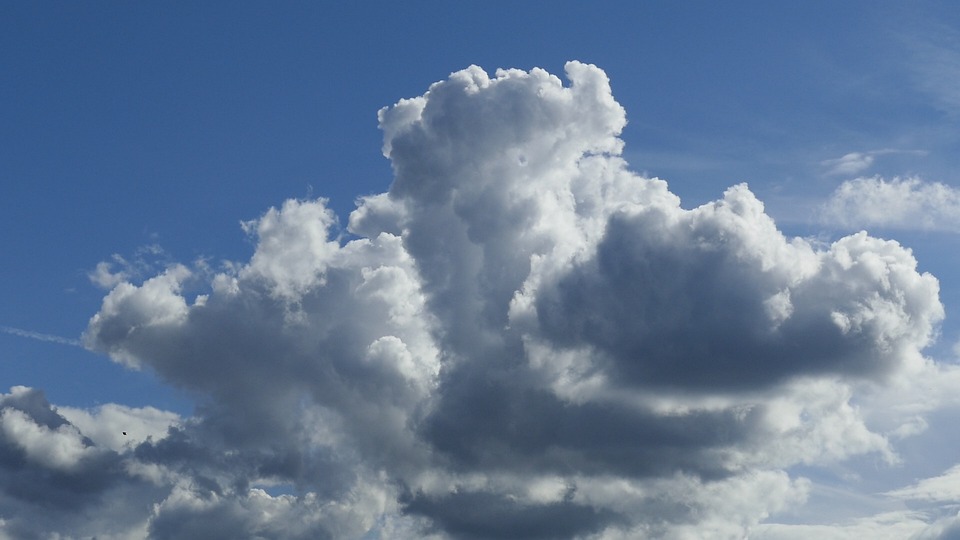What Is the Climate in Fiji?
Fiji, located in the South Pacific Ocean, consists of over 300 tropical islands. It is renowned for its stunning natural beauty, characterized by vibrant coral reefs, lush rainforests, and pristine beaches. The climate in Fiji is primarily tropical marine, marked by warm temperatures, high humidity, and distinct wet and dry seasons.
1. General Climate Characteristics of Fiji
Tropical Marine Climate
Fiji experiences a tropical marine climate, with average temperatures ranging from 25°C to 31°C (77°F to 88°F) throughout the year. The climate is generally warm and humid, with only mild seasonal variations. The surrounding ocean moderates temperatures, preventing extreme heat or cold.
Rainy and Dry Seasons
– Wet Season (November to April): This season is characterized by heavy rainfall, increased humidity, and the potential for tropical storms or cyclones.
– Dry Season (May to October): Marked by cooler temperatures and lower humidity, this season features reduced rainfall and more sunshine, making it the peak tourist season.
2. Seasonal Weather Patterns in Fiji
Wet Season (November to April)
– Temperature: Average highs around 30–31°C (86–88°F).
– Rainfall: Heavy rains are frequent, especially in inland and southeastern regions, with monthly averages of 10–12 inches (approximately 250–300 mm).
– Cyclone Risk: Cyclones are most likely between January and March, bringing strong winds and intense rainfall.
Dry Season (May to October)
– Temperature: Slightly cooler with average temperatures around 26–29°C (79–84°F) and lower humidity.
– Rainfall: Monthly averages drop to 2–5 inches (50–125 mm), particularly on the western islands.
– Tourism Peak: Ideal weather conditions for outdoor activities like snorkeling and diving make this the most popular time for tourists.
3. Influence of Ocean Currents and Trade Winds
– Southeast Trade Winds: These winds blow consistently throughout the year, providing a cooling effect that moderates temperatures along the coast.
– Warm Ocean Temperatures: The surrounding South Pacific Ocean maintains consistent temperatures, reducing extremes and promoting warm waters ideal for marine life.
4. Climate Change and Its Impact on Fiji
– Rising Sea Levels: As a low-lying island nation, Fiji faces significant threats from rising sea levels impacting coastal areas and freshwater sources.
– Increased Cyclone Intensity: Climate change is expected to increase cyclone intensity, posing risks to communities and infrastructure.
– Coral Reef Bleaching: Warming ocean temperatures lead to coral bleaching, which threatens Fiji’s rich marine ecosystems and tourism.
FAQs
– What is the best time to visit Fiji? The best time is during the dry season from May to October for pleasant weather.
– How much does it rain in Fiji? Rainfall varies significantly; during the wet season, it can average between 180–310 mm per month.
– Is Fiji affected by tropical cyclones? Yes, cyclones are most common from November to April.
– What are the typical temperatures in Fiji? Average temperatures range from 25°C to 31°C throughout the year.
– How is climate change impacting Fiji? It leads to rising sea levels, increased cyclone intensity, and threats to biodiversity.
Conclusion
Fiji’s tropical climate features distinct wet and dry seasons influenced by ocean currents and trade winds. However, the nation faces significant challenges due to climate change that threaten its natural beauty and resources. Sustainable practices are essential for protecting Fiji’s environment as it navigates these challenges.

Kyle Whyte is a notable scholar and professor at the University of Michigan, holding positions such as the George Willis Pack Professor in the School for Environment and Sustainability and Professor of Philosophy. Specializing in environmental justice, his work critically examines climate policy and Indigenous peoples’ ethics, emphasizing the nexus between cooperative scientific endeavors and Indigenous justice. As an enrolled Citizen Potawatomi Nation member, he brings a vital perspective to his roles as a U.S. Science Envoy and member of the White House Environmental Justice Advisory Council. His influential research is supported by various prestigious organizations including the National Science Foundation, and disseminated through publications in high-impact journals. Kyle actively contributes to global Indigenous research methodologies and education, with affiliations to numerous institutes and societies dedicated to traditional knowledge and sustainability. Recognized for his academic and community engagement, Kyle has earned multiple awards and served in various visiting professorships. His efforts extend to leadership positions on boards and committees focused on environmental justice nationwide.
